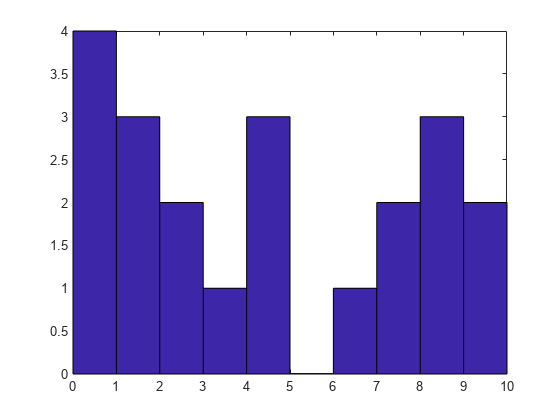


For a similar example using Python, see here.For additional details on the EM algorithm, check this answer.Here are the Gaussian parameters estimated by the EM algorithm, which are pretty close to the true values that were used to generate the data: % estimated parameters

matlab draw a histogram bar shadow black and white Ice Drops In the process of writing and the like. Here is a plot of the pdf of the estimated GMM, which very well matches the generated data: Before 2014a, it was set the color of the children. In Matlab (> 2014a), the function fitgmdist estimates the Gaussian components using the EM algorithm. Now given $X$, let's try to estimate the Gaussian mixtures. This is a histogram of the data generated, which looks quite similar to the data you have: % define mean and variances of two Gaussians Sebastien - if all you want is a cell array of strings in your histdata then why not continue as before, but just treat every line as if it were a string instead of trying to determine which are strings and which are numbers Something like. Let's assume that your data contains a mixture of two underlying Gaussians, $\mathcal(m_2, s_2)$. It can be easily adapted into Python or R. This example is demonstrated using Matlab.


 0 kommentar(er)
0 kommentar(er)
